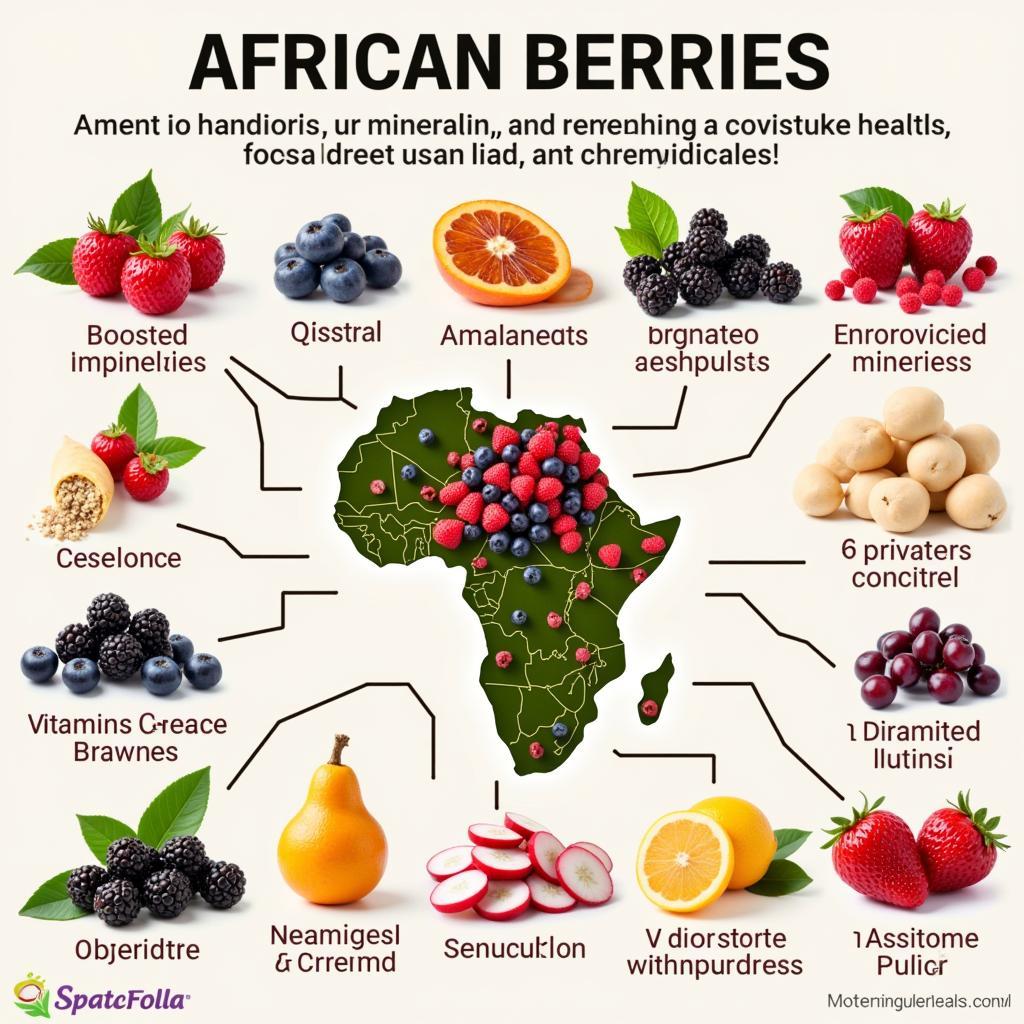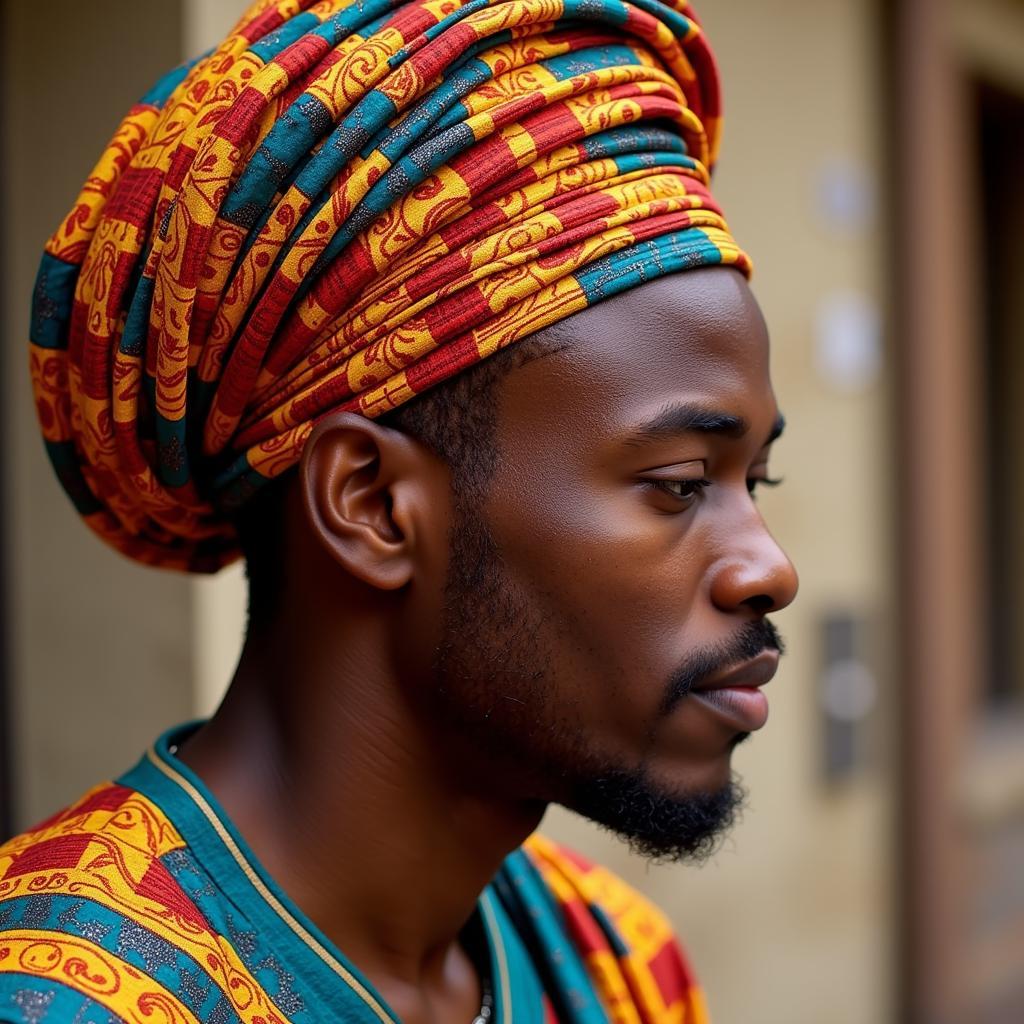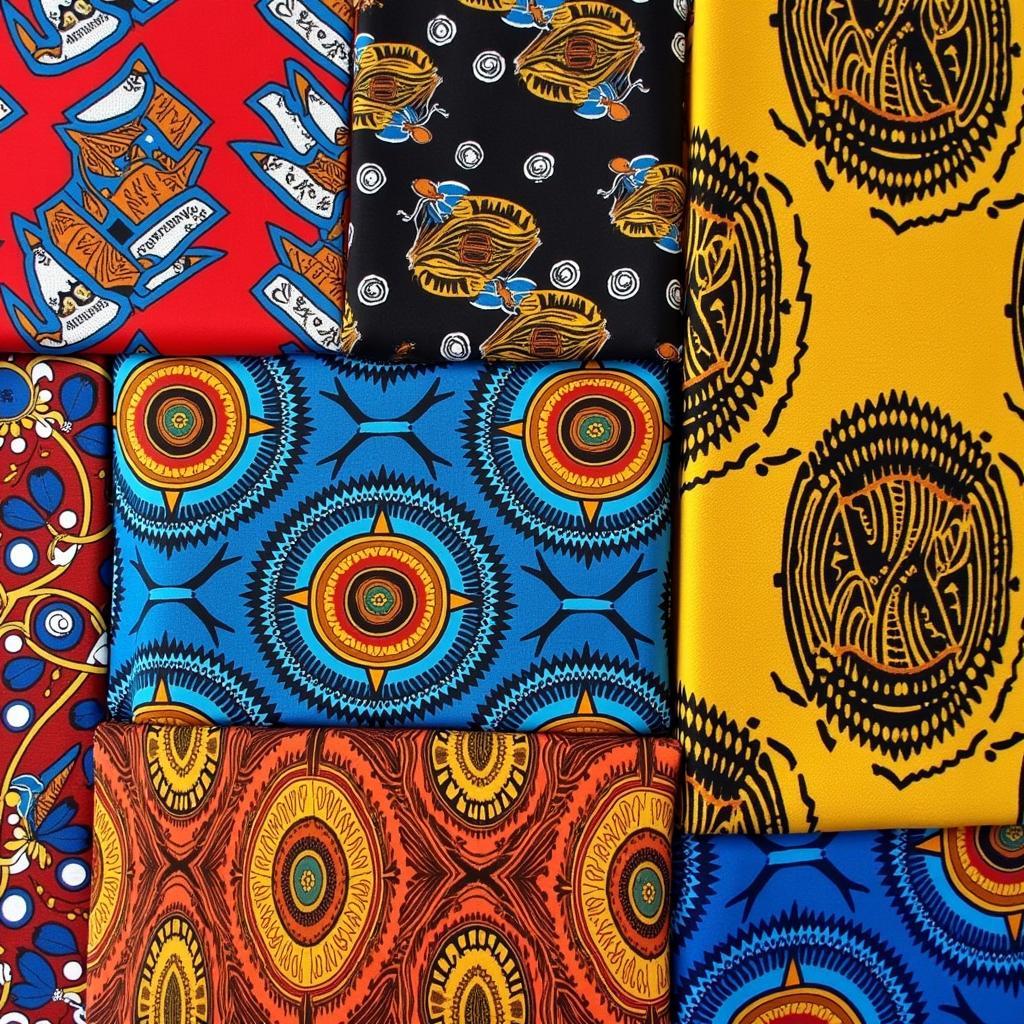A Colorful Journey Through African Knitwear
African Knitwear is more than just clothing; it’s a vibrant tapestry of culture, history, and artistry. From the intricate beadwork of the Maasai to the bold patterns of the Ndebele, each stitch tells a story and reflects the unique identity of its people.
Unraveling the History of African Knitwear
The art of knitting in Africa dates back centuries, with evidence suggesting its presence long before European influence. Traditional techniques, passed down through generations, used natural fibers like cotton, raffia, and even animal hair to create garments and textiles for everyday life and ceremonial occasions.
Ancient Techniques, Modern Designs
While the tools and materials may have evolved, the essence of African knitwear remains rooted in heritage. Today, skilled artisans blend ancestral knowledge with contemporary aesthetics, producing unique pieces that grace international runways and fashion magazines.
 African Knitwear Fashion Show
African Knitwear Fashion Show
Beyond the Threads: The Cultural Significance
African knitwear goes beyond its visual appeal; it’s deeply intertwined with cultural identity and societal values. The colors, patterns, and motifs woven into garments often hold symbolic meanings, representing everything from social status and marital status to ancestral spirits and beliefs.
A Tapestry of Symbols and Stories
For instance, the intricate beadwork of the Maasai people is a visual language, with each color and pattern conveying specific messages about clan, age, and social standing. Similarly, the brightly colored geometric patterns adorning Ndebele homes and clothing reflect a powerful visual expression of their culture and resilience.
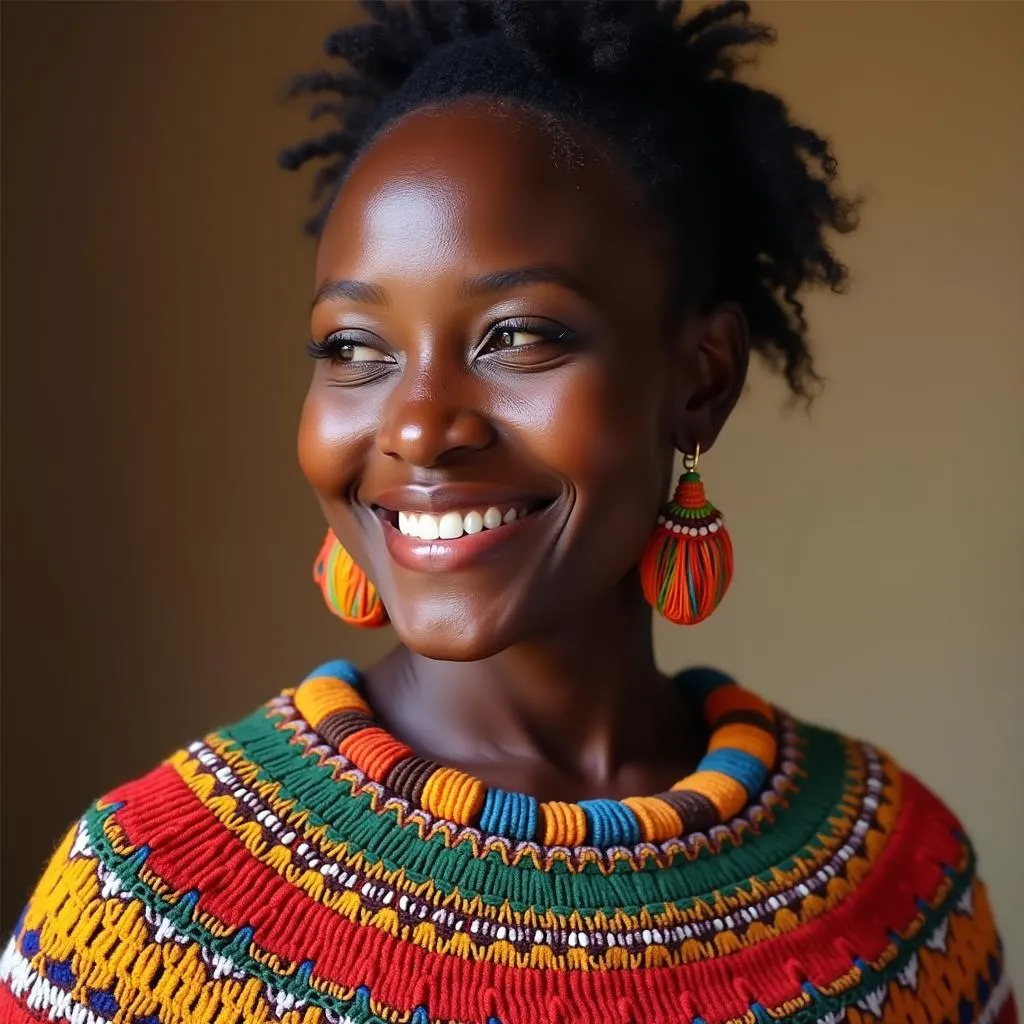 African Woman Wearing Traditional Knitwear
African Woman Wearing Traditional Knitwear
Exploring Different Styles of African Knitwear
The beauty of African knitwear lies in its diversity. From north to south, east to west, each region boasts distinctive styles and techniques, offering a kaleidoscope of textures, patterns, and colors.
Knitting Across the Continent
- West Africa: Known for its vibrant wax prints and intricate embroidery, West African knitwear often features bold geometric designs and intricate patterns.
- East Africa: Beaded knitwear takes center stage, with the Maasai people renowned for their intricate beadwork, while Ethiopian shawls showcase delicate handwoven patterns.
- Southern Africa: The Ndebele people are famous for their colorful geometric designs, often painted on houses and incorporated into their knitwear, while the Basotho people are known for their distinctive blankets, often featuring intricate patterns and mohair fibers.
- North Africa: Knitting traditions here are influenced by Arabic and Berber cultures, featuring intricate geometric patterns, often incorporated into carpets, rugs, and blankets.
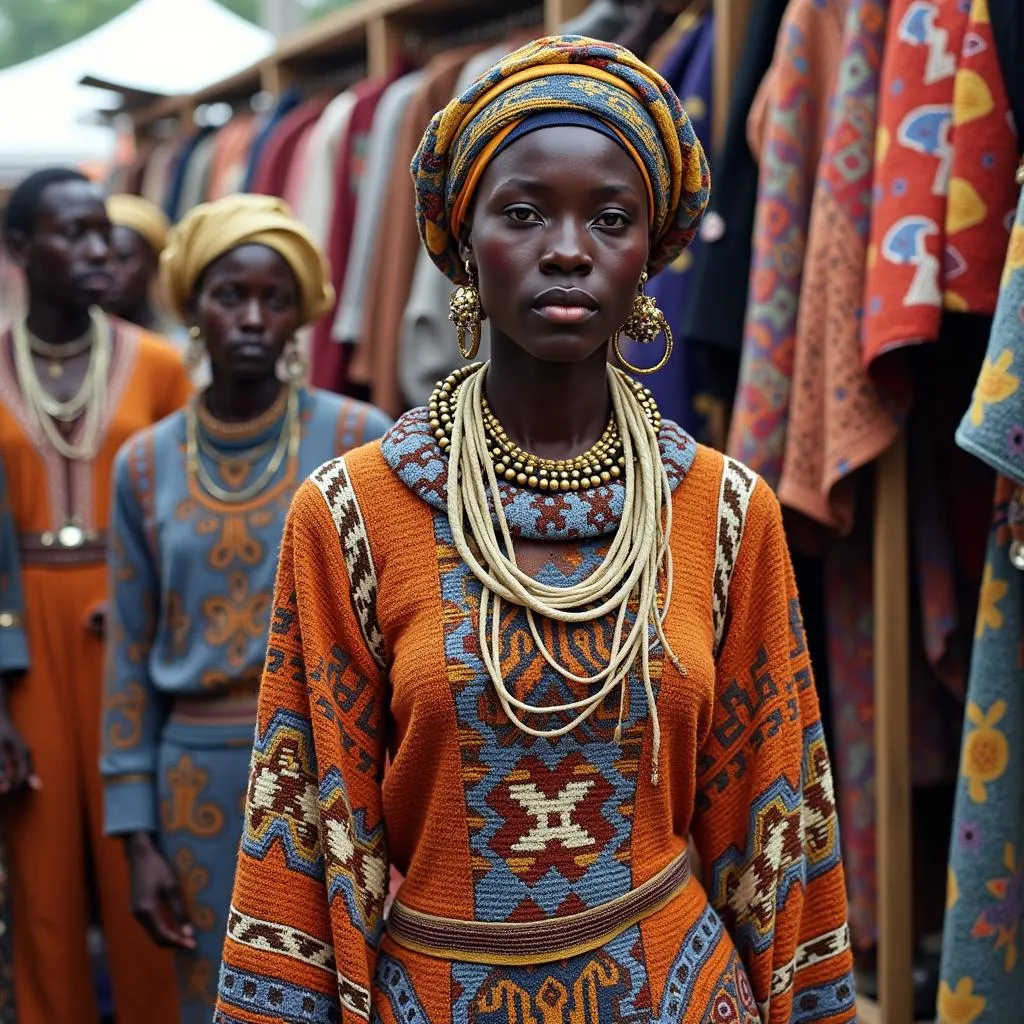 Variety of African Knitwear on Display
Variety of African Knitwear on Display
African Knitwear: A Global Fashion Statement
Today, African knitwear has transcended its geographical boundaries, captivating the global fashion scene. Designers and fashion enthusiasts worldwide are drawn to its unique blend of cultural heritage, vibrant aesthetics, and ethical production practices.
From Catwalks to Everyday Style
International fashion houses are incorporating African knitwear elements into their collections, while ethical fashion brands collaborate directly with African artisans, promoting fair trade practices and sustainable production. From high-end boutiques to online marketplaces, African knitwear is more accessible than ever, allowing individuals worldwide to embrace its beauty and cultural significance.
Conclusion
African knitwear is a testament to the continent’s rich cultural heritage and artistic brilliance. More than just garments, these intricate creations tell stories, embody traditions, and offer a tangible connection to Africa’s vibrant soul. By embracing African knitwear, we not only adorn ourselves with beauty but also celebrate the diversity, creativity, and cultural legacy of a continent.
